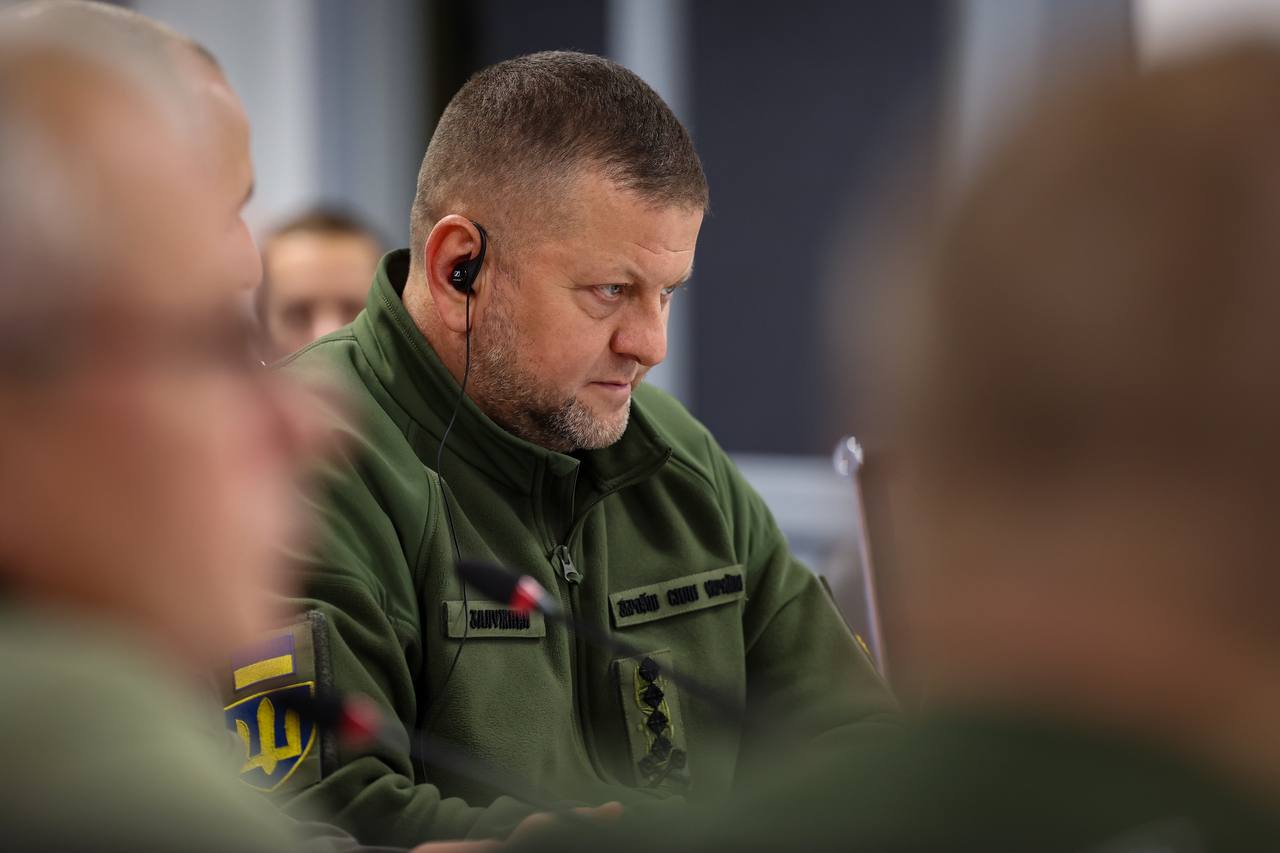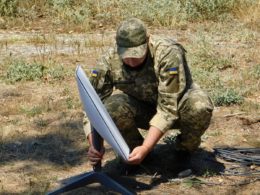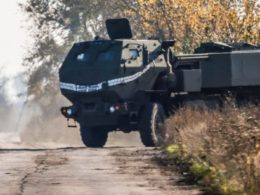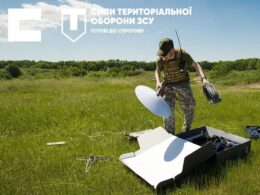Ukraine's military command is planning a new counteroffensive, reports German publication Welt.
The outlet notes that partner countries have pledged to provide Ukraine with a significant amount of armored equipment that has not yet been utilized.
Some of the equipment has not even reached Ukraine yet. This includes Leopard 1 tanks. Welt reports that while Germany and allies have committed to providing 200 of the older model tanks, Ukraine has received only 30 units so far.
Moreover, Ukraine still has access to more than 95% of all weapons systems supplied by the West, as they have not yet been used in the counteroffensive. This follows from estimates by Oryx, a Dutch open-source project that analyzes data on the supply and destruction of military equipment.
Welt cites German security expert and policy advisor Nico Lange, who believes Ukraine is aiming for exhaustion tactics.
"They are no longer trying to hold positions like in Bakhmut. Instead, they want to slow down the Russian forces and make them bleed out," Lange said.
Welt states that Ukraine has big plans, evidenced by a weapons wish list presented by Ukrainian leadership to the US Ukraine has requested new armaments from the United States to fend off Russian attacks, including advanced air defense systems, F-16 and F-18 Hornet fighter jets, drones, Apache and Black Hawk helicopters.
Lange believes Ukraine is trying to shift to mobile warfare, which did not materialize during the summer counteroffensive.
Welt adds that Commander-in-Chief of the Ukrainian Armed Forces Valerii Zaluzhnyi only agreed to the summer counteroffensive for political reasons. According to Welt, the commander-in-chief did not see a path to success without sufficient air support. Therefore, he replaced the armored offensive with assaults by small infantry units.
The journalists believe a rapid breakthrough was impossible without mechanized support, so Zaluzhnyi's substitution was a prudent move. His attacks by small detachments preserved his soldiers, Western armaments, and bought crucial time.
"Ukraine is likely gathering resources for a new counteroffensive next year,"
expert Lange stated.
Welt stresses that in the South, Ukrainian naval units are holding and expanding a bridgehead near Kherson on the Russian-occupied bank of the Dnipro River. From here, it is only 60 kilometers to the Russian-occupied Crimean peninsula. This has been a weak point for the Russian army since Ukraine forced the Black Sea Fleet to withdraw from the area and destroyed important air defense systems and other Russian military installations.
The German publication adds that one offensive direction could be this Kherson Oblast bridgehead.
"With the necessary fighter jets, attack helicopters, and drones, Ukraine could adequately support its troops' advance, especially since there are hardly any Russian fortifications in this area. It could be a counteroffensive as Zaluzhnyi probably envisioned from the very beginning," the journalists said.
Related:
- NYT: US, Ukrainian military leaders work on new frontline strategy for 2024
- On the contrary, WSJ reported that WSJ: Ukraine’s counteroffensive plan hinges on 2025
- Why Ukraine’s counteroffensive failed: WP analysis in 7 minutes
- Ukraine’s 2023 counteroffensive and the strategic zugzwang of Western expectations
- Ex-Minister Zagorodnyuk: Ukraine can defeat Russia, but West must commit to total victory





